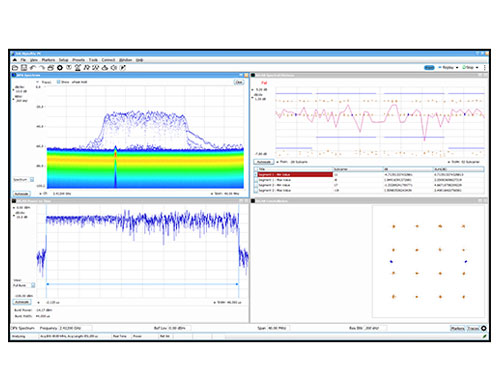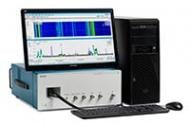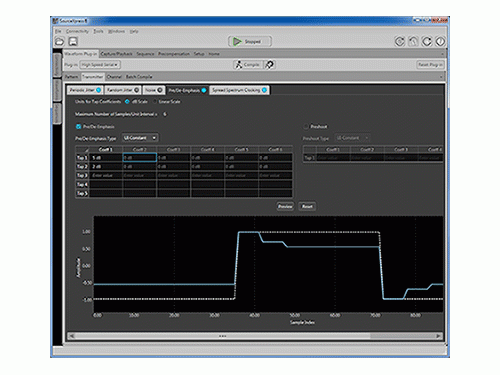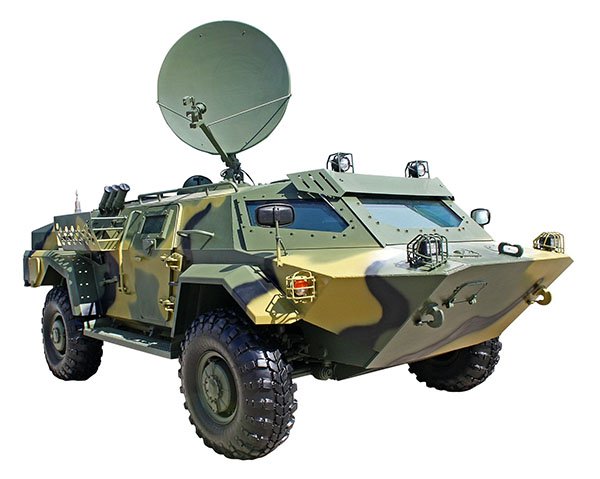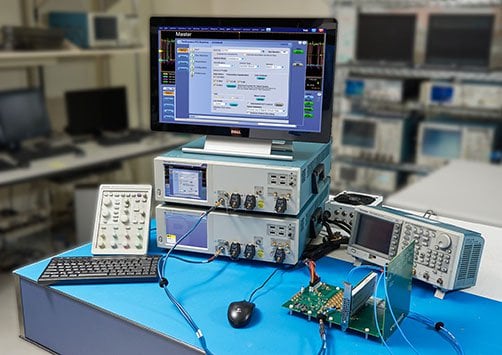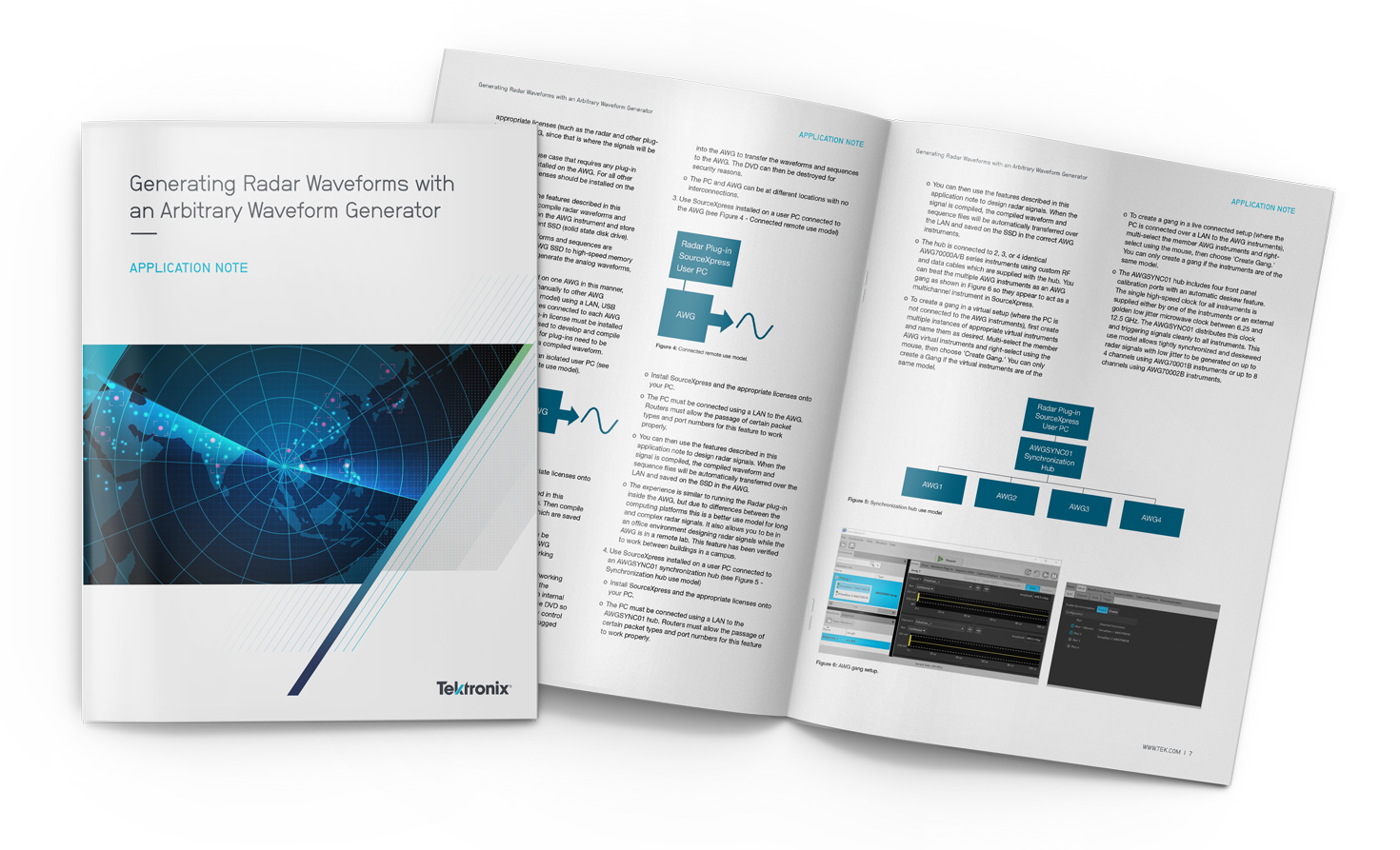Contact us
Live Chat with Tek representatives. Available 6:00 AM - 4:30 PM
Call us at
Available 6:00 AM – 5:00 PM (PST) Business Days
Download
Download Manuals, Datasheets, Software and more:
Feedback
System Level and Module Test

Quickly and accurately measure SATCOM channel performance vector magnitude
The ability to reliably transmit and receive secure communication is vital to military command and control. Every element in the link can adversely impact the quality of the communication. Tektronix products like the DPO77002SX provide the ability to acquire any signal from DC through most of the V-band (up to 70GHz). The fully integrated SignalVu software provides spectral analysis, demodulation (e.g. QPSK, 16QAM, etc.), constellation diagrams, and EVM measurements directly from the acquired data.
How can we help?
Solutions for Measurement & Generation
Whether you’re measuring signal quality of your broadband SATCOM system, generating signals with complex modulation, or both, Tektronix equipment gives you leading quality, performance, and ease-of-use.




